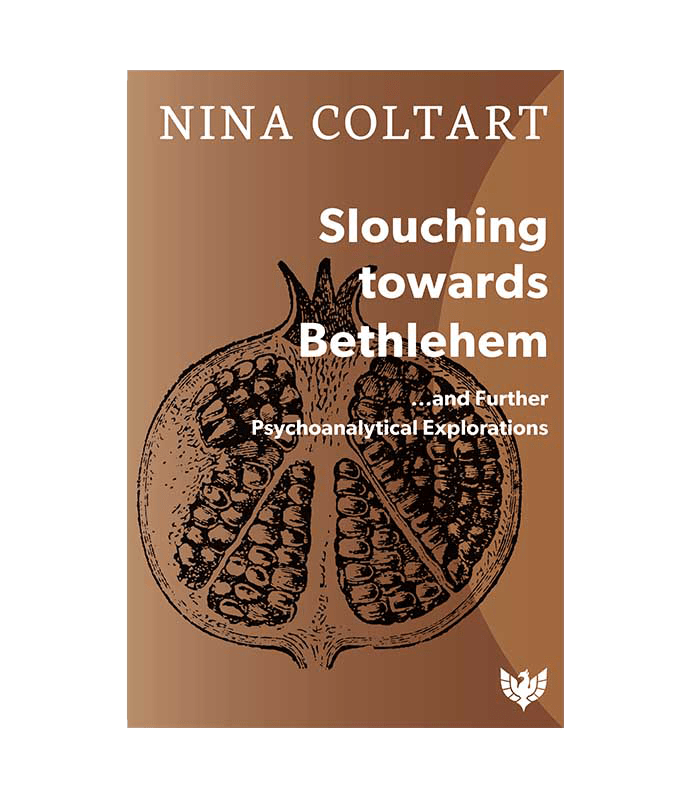
It may have been assigned in a high school English class, or I found it in a small local bookstore. Long ago, in the last century, the first book of hers that I read was Slouching Towards Bethlehem, a collection of essays. When it was published, I could not finish reading it, and still have not.

A very good copy in like jacket, mildly toned, minor creasing to extremities, tips nicked, else bright.During this century, Joan Didion has become somewhat better known for personal tragedies, which she wrote about in The Year of Magical Thinking. Edges lightly rubbed and toned, lower corners bumped with a touch of wear. Original orange cloth-backed grey paper boards, spine lettered in gilt, floral ornaments in blind on front cover, yellow endpapers, top edge pink.

Lombardi, Reading Joan Didion, 2009 Dan Wakefield, "Places, People and Personalities", The New York Times, 21 June 1968. Divided into essays confronting cultural issues ("Life Styles in the Golden Land"), personal issues ("Personals"), and a hybrid of the two (her trademark, such as those issues in "Seven Places of the Mind"), Didion seems to offer her author self as a center, but even she appears to admit that any single self fails as its own axis" (Houston & Lombardi, p. "Each of the three sections contained in Slouching Towards Bethlehem in some way, directly or indirectly, deals with the destruction or end of an older ordering of things. A collection of essays originally written by Didion for the Saturday Evening and other magazines about her experiences in California, this title was praised upon publication by The New York Times for its "grace, sophistication, nuance, and irony" (Wakefield). DB.įirst edition, first printing, of the author's first work of nonfiction. This essay, a brilliant evocation of the life style of the 'flower generation', sets the tone of the book, both in its very personal confrontation between author and subject, and in its underlying theme."- from DJ. "In 'Slouching Towards Bethlehem,' Miss Didion has brought together the best of her nonfiction writing, keynoted by her extraordinary report on life among the hippies of San Francisco's Haight-Ashbury district.

Dust jacket (designed by Lawrence Ratzkin), enclosed in protective mylar (mylar not pictured), is in G condition, having some rubbing and small stains to surface slight chipping to top and bottom spine, and evidence of faint stain at spine top tiny tear at top of jacket back moderate edge wear. 207-210 bookplate of former owner on first free endpaper small area of rubbing/scuffing to right edge of "Also by" page. First edition hardcover, quarter-bound in orange cloth, with tan blind-stamped (flower motif) front cover, and tan back cover, with gilt lettering on spine, is in G condition, having a faint strip of darkening to top covers, some speckling to the top closed page edge, tinted reddish slight scuffing to other closed page edges slight edge tear (and we mean slight) to pp.


 0 kommentar(er)
0 kommentar(er)
